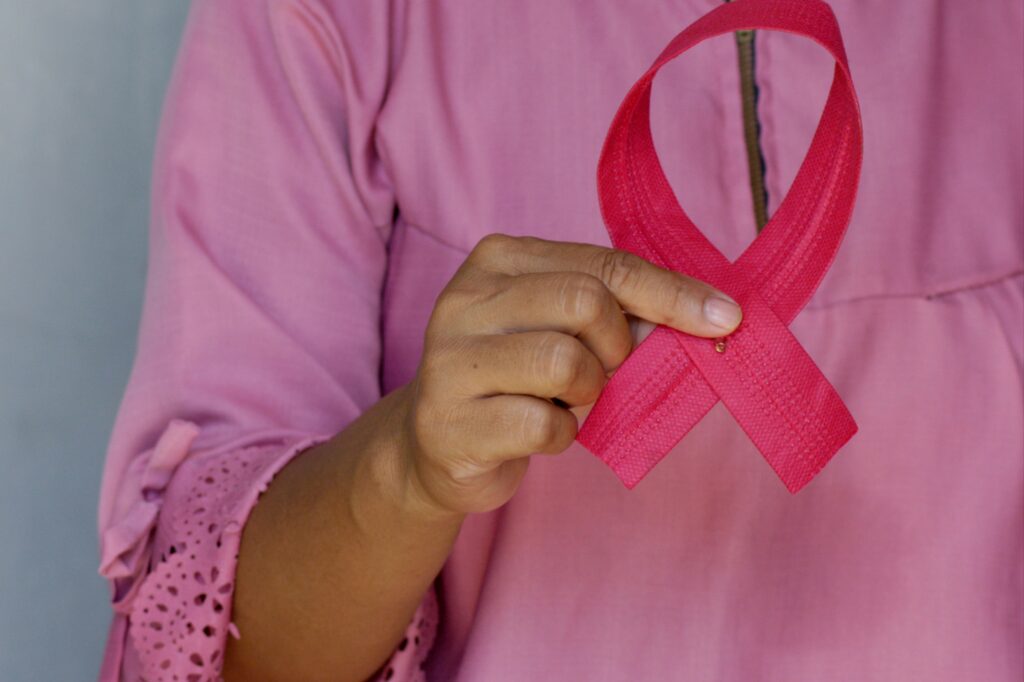
Understand the sources of the rising incidence of cancer in young people and what can be done to prevent it.
What is Cancer?
Cancer is a disease in which some of the body’s cells grow uncontrollably and spread to other parts of the body. Cancer can also be defined as the disease characterized by the uncontrolled growth of abnormal cells in the body. These abnormal cells can form tumors that surround tissues and spread to other parts of the body. We should know the different types of cancer before explaining the reasons for the cancer rate among adults as a main concept. There are different types of cancer, such as lung cancer, prostate cancer, breast cancer, and leukemia, which occurs in the blood. There are many reasons that attempt to explain the rise of cancer in adults; the following are some of them.
- Lifestyle factors: Many adults can get cancer due to their lifestyle, which includes a poor diet, smoking, lack of physical activity, and excessive alcohol consumption. These factors can lead to the development of cancer in adults because when you consume alcohol excessively, it can affect the body and lead to cancer diseases, which can also result in death. Smoking and tobacco use can lead to cancer in adults, accounting for approximately 23-30% of all cancer deaths. Physical inactivity can also increase cancer risk, and alcohol consumption raises the risk of cancers such as mouth, throat, esophagus, liver, breast, and colorectal cancers. For more information see 2 Most Impactful Lifestyles That Affect Our Health
- Environmental issue (Environmental exposures): In the issue of the environment, we look at air pollution, industrial chemicals, and pesticides that can facilitate the rising cancer rates in adults. Industrial chemicals can lead to the destruction of the ozone layer. Once the ozone is destroyed, it can increase the high levels of ultraviolet (UV) radiation from the sun, which can pass directly to the Earth without any obstacles, affecting adults and leading many to develop skin cancer. Environmental exposures are categorized into various types, such as chemical exposure, which includes harmful chemicals like benzene, formaldehyde, and asbestos. For example, asbestos exposure is linked to lung cancer in adults, and biological agents, such as certain viruses and bacteria, are also considered environmental carcinogens.
- Genetic factors: the same adults inherit genetic mutations that increase their susceptibility to certain cancers. When a parent is affected by cancer, there is a possibility that their children will also get cancer due to these genetic mutations. As a result, the number of adults affected by cancer can increase, which can lead to greater dependence on the nation. Genetic mutations and cancer development involve changes in the DNA sequence that can disrupt normal cellular functions.
- Obesity refers to the medical condition characterized by excessive storage of fat in the body. This can also contribute to the rising incidence of cancer in adults because obesity leads to hormonal imbalance and inflammation, which can contribute to cancer development. This is one of the reasons for the increasing rate of cancer among adults. Obesity causes chronic inflammation, which is one of the primary mechanisms through which obesity increases cancer risk. Excess body fat, particularly visceral fat that surrounds internal organs, produces inflammatory substances. There are hormonal changes in the body, such as estrogen; adipose tissue produces estrogen, therefore individuals with a higher amount of body fat often have elevated estrogen levels. Insulin is also another hormonal change; in the case of insulin, obesity leads to insulin resistance—a condition where cells do not respond effectively to insulin, resulting in elevated insulin levels.
- A high number of infections can also contribute to the rise of cancer in adults because infections such as hepatitis B and C, as well as the human papillomavirus, can increase the risk of cancer. These infections are dangerous to people because they can cause death at the same time. The mechanisms of infection-induced cancer include chronic inflammation, direct oncogenic effects, immune suppression, co-infection synergy, and bacterial infections. See 3 Secrets to Anti-Aging Health Behaviors You Should Know for understanding common infections that contributes to health problems and ways to avoid it.
- Increased awareness and screening: Due to the high level of medical technology, screening can lead to better detection of cancer rates, which can increase the rate of cancer among adults. Cancer screening involves tests that detect cancer before signs or symptoms appear. The primary goal is to identify cancer at an early stage when it is more treatable; for example, mammograms for breast cancer and others. Additionally Aging population, people live longer, and the risk of increasing cancer is spreading because cancer is more prevalent in older adults. With improved life expectancy and healthcare, the number of cancer disease cases rises. This is one of the reasons for the rising rate of cancer among adults. See Ant-Aging behavior for more information.
How to Minimize the Risk of Getting Cancer
Therefore, the issue of cancer is very dangerous because it can cause death, over-dependence, lack of manpower, and so on. However, there are some ways that can be used to decrease or combat the rise of cancer among adults. Some of these include;
- Try to change your lifestyle. Our main enemy is how we live from morning to evening. Make a habit of exercising regularly while taking care of your daily meals by considering healthy foods or a well-balanced diet.
- Providing vaccinations is essential. The respective government should introduce preventive vaccines to reduce the risk of getting cancer and also provide therapeutic treatment for the victims. Additionally, it should offer psychological support to the victims.
- There should be control of environmental pollution where people live, especially in areas where there are many industries that contribute to the increase in air pollution, which affects our health. Every individual should take responsibility for protecting their environment. Additionally Industrialists should introduce processing methods that are friendly to the environment to avoid environmental exposures.
- Additionally, it is encouraged that the government improve the policies regarding dangerous diseases affecting marginalized people, so that they can access free or affordable vaccination and treatment for these diseases.
Hence, precautions are better than cure. It is hard to change lifestyles, but we can try to adjust our preferences. Precautions should not only be taken for cancer but for all diseases because health is our main asset.
